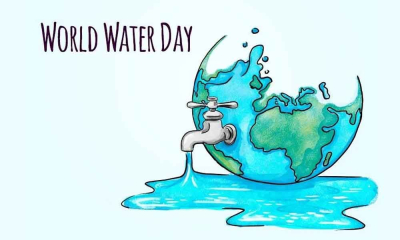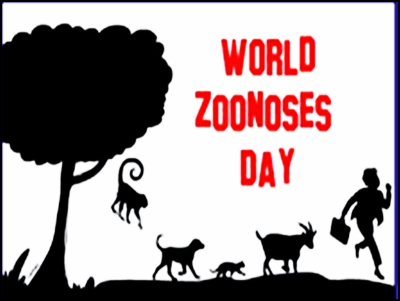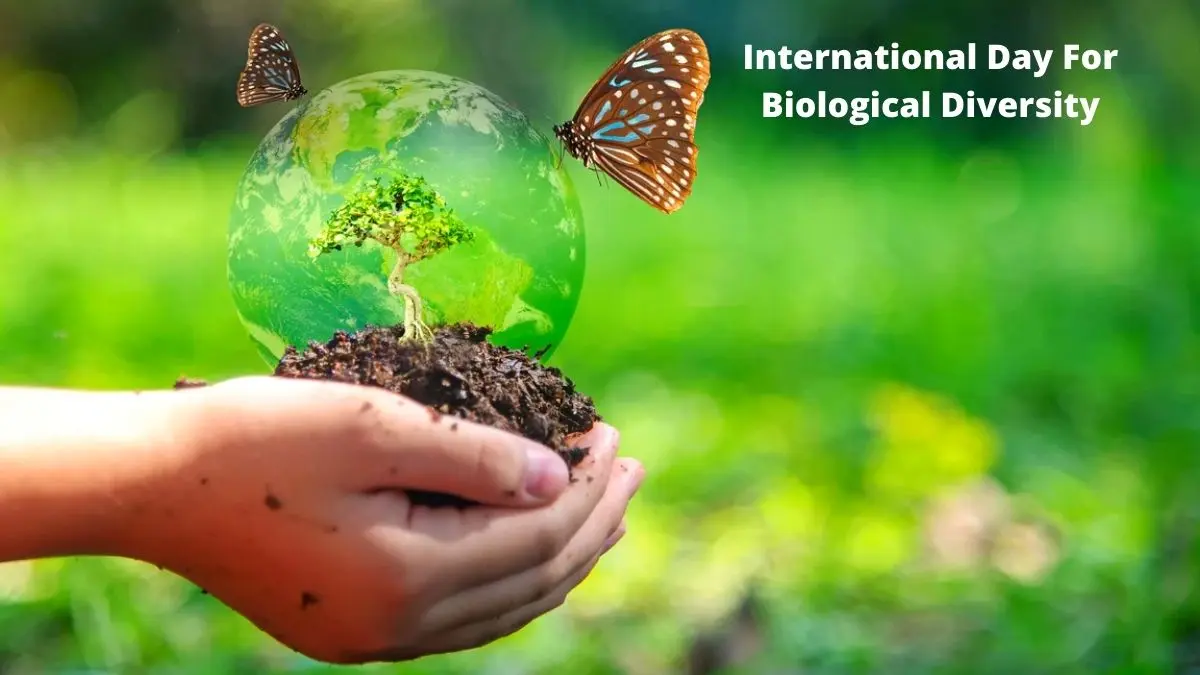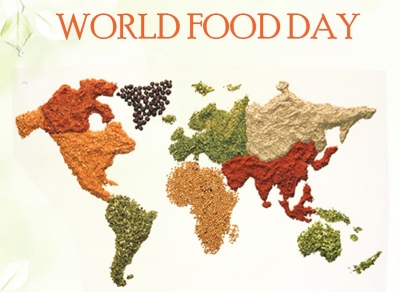What is the theme of the Teachers Day celebration?

Teaching is one of the noblest professions And a teacher is the biggest cheerleader of a shutent But teaching is also a thankless job. This Teachers Day lets read up on a few ways to make your teachers feel appreciated and values.
Celebrate Teachers Day
This may seem like the most obvious of all the things you ou do to make a teacher feel appreciated Indeed, how else to appreciate teachers than celebrating them? Teachers Day falls on September 5 So go ahead and make them feel special on this day You can write a note, make a cant make a speech, or even hold a small activity where you can share how your teacher has made an impact on your life. A heartfelt thank you will be sufficient for the teachers. Throwing such a surprise celebratory event is sure to make your teacher feel highly appreciated and valued. PHOTO R. RAGU/THE HINDU
Form study groups
Ever thought of helping out your peers? A teacher cannot always give attention to all the children in the class equally. Remember that theorem the maths teacher taught that you could quickly grasp but which turned out to be a tough nut to crack for most of the students? How about helping out the students and teaching them instead of waiting for the teacher to explain it again in the next class? You can easily form a study group and either use a free penod or vase the break to teach the students. If you are academically good, you can also form a study group to help the students who fair poorly in their academics. This will be beneficial for the students as well as the teacher and is one way to help your teacher. By teaching a concept you will also get thorough with it. This is because you have to fully understand something to be able to explain it to someone else. PHOTO: RAD GN
Say Thank You
We often undermine the power of a simple Thank You A heartfelt thank you is sometimes enough to warm the cockles of the heart of another person. So go ahead and say thank you to the teacher. You can share how much you appreciate them by either writing a letter, using a hand-drawn picture or just walking up to them and saying thank you Any small gesture will be appreciated by them. PHOTO: A.M. FARUQUI
Talk proudly about them Every individual needs praise. This helps them know that whatever they are doing is appreciated. While teachers may not necessarily need reassurance and validation, having chosen one of the thankless yet wholly satisfying professions themselves, it will definitely make a difference if you can make them feel appreciated. Talk about your teachers to your parents, friends, and even their parents. Praise their efforts and complement them wherever you can.
Volunteer
Everyone can use a little bit of help. And this includes teachers as well. Be ready to volunteer whenever some extra activity comes up in class. For instance, if there is an activity happening in the class where you can pitch in with your services, make sure you offer to volunteer. It may be as simple as rearranging the desks or washing the beakers in the lab or as taxing as helping with the organising of class programmes. In short, be helpful in class and the extra effort will definitely be appreciated by the teacher.
Be attentive in class
Nothing will make a teacher feel appreciated than a student who is highly attentive and responsive in class. Be a good student and always ask questions if you don't understand something.
Participating in class means that you are taking extra effort to focus on the topic being taught. Further, you will also have fewer chances of getting distracted or missing out on any topic on account of sitting farther from the chalkboard. Being attentive in class ensures that you understand concepts well and a teacher will surely feel appreciated seeing a class packed with students eager to learn.
Become a good, successful individual
One of the most heart warming things for a teacher is to see their stulent coming out with flying colours not only during exams but in life as well. That's the biggest and loudest thank you any student can ever offer to a teacher. So go ahead, be attentive in class, do your best at academics. be good at extracurriculars, and become a goodl human being. Make sure you are consistent, and put in the time and effort to bring: your best self out at eams, extra-curricular, and even otherwise PHOTO ANI PHOTO/SANJAY SHARMA
Be up to date with homework and classwork
Students who finish their homework and assignments on time and who are always ready by bringing specific textbooks or workbooks to class is the dream of any teacher. If you finish all your homework on time, as stipulated by the teacher, not only does it benefit you by being academically up to date with what is being taught in the class but it ensures that you are prepared for the class and eventually, the exams. Further, it also helps the teacher as precious time gets wasted when children come unprepared for the classes. PHOTO: GETTY IMAGES/ISTOCKPHOTO
Picture Credit: Google





